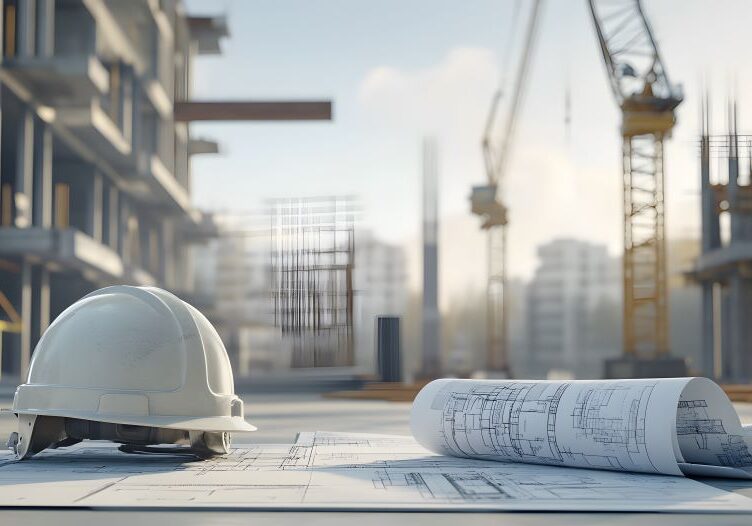1. Tariffs & Supply Chain Pressures: A Volatile Mix
Tariffs are creating widespread uncertainty across engineering-adjacent industries, particularly construction, manufacturing, and auto sales. These sectors are not only facing rising input costs—such as steel, lumber, and machinery—but also grappling with plummeting business confidence.
“Tariffs are a double whammy—raising prices while inventory falls,”
— Sarah Wolfe
Many firms are stockpiling materials in anticipation of rising costs. This temporary acceleration in demand may give way to inflationary spikes in the next 2–3 months as inventories dwindle and businesses remain hesitant to pass costs onto consumers too soon.
2. Labor Market Shifts: Immigration and Recession Risks
A sharp drop in immigration—particularly undocumented labor—poses a growing risk for construction and low-skill labor markets. While previous immigration surges helped stabilize post-COVID employment, recent policy reversals are reversing those gains.
“We’re facing a negative labor supply shock that will impact key sectors over the next 6 to 12 months,”
— Sarah Wolfe
Meanwhile, the risk of recession looms larger. Although hard data shows moderate growth, the slowdown from 3% GDP in 2024 to a projected 1% in 2025 could feel recessionary for many sectors. Consumer and business sentiment is already trending pessimistic, driven by uncertainty around inflation and trade policy.
3. Opportunities Ahead: Tax Reform, Deregulation & Tech Investment
Despite headwinds, Wolfe highlighted several potential growth catalysts on the horizon. These include the possible extension or expansion of the 2017 Tax Cuts and Jobs Act, deregulatory moves in energy, finance, and permitting, and long-term investments in AI and data infrastructure.
“Deregulation and tax reform could provide a pro-growth boost—especially for small and mid-size firms,”
— Sarah Wolfe
Even though some CapEx projects in the tech sector are delayed due to interest rate and tariff uncertainty, Wolfe emphasized that demand for data centers and AI infrastructure remains strong and likely to drive major investment over the next year.
Watch or listen to the full conversation.
Stay ahead of the curve with ACEC’s Market Intelligence newsletter.





